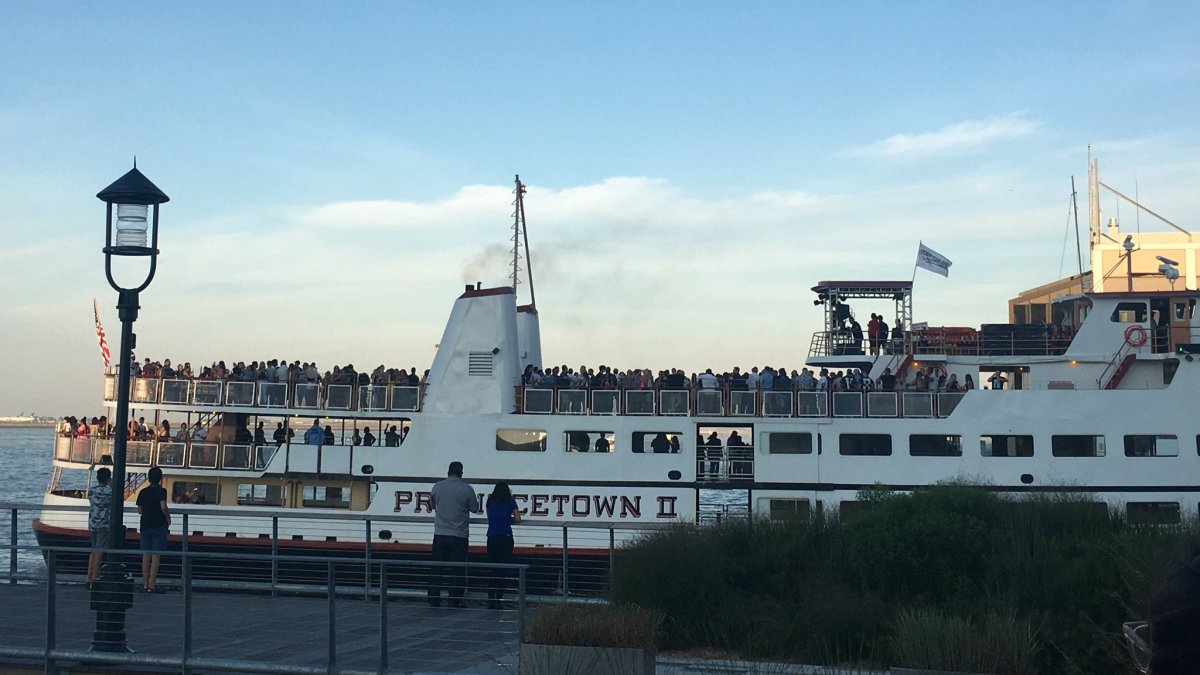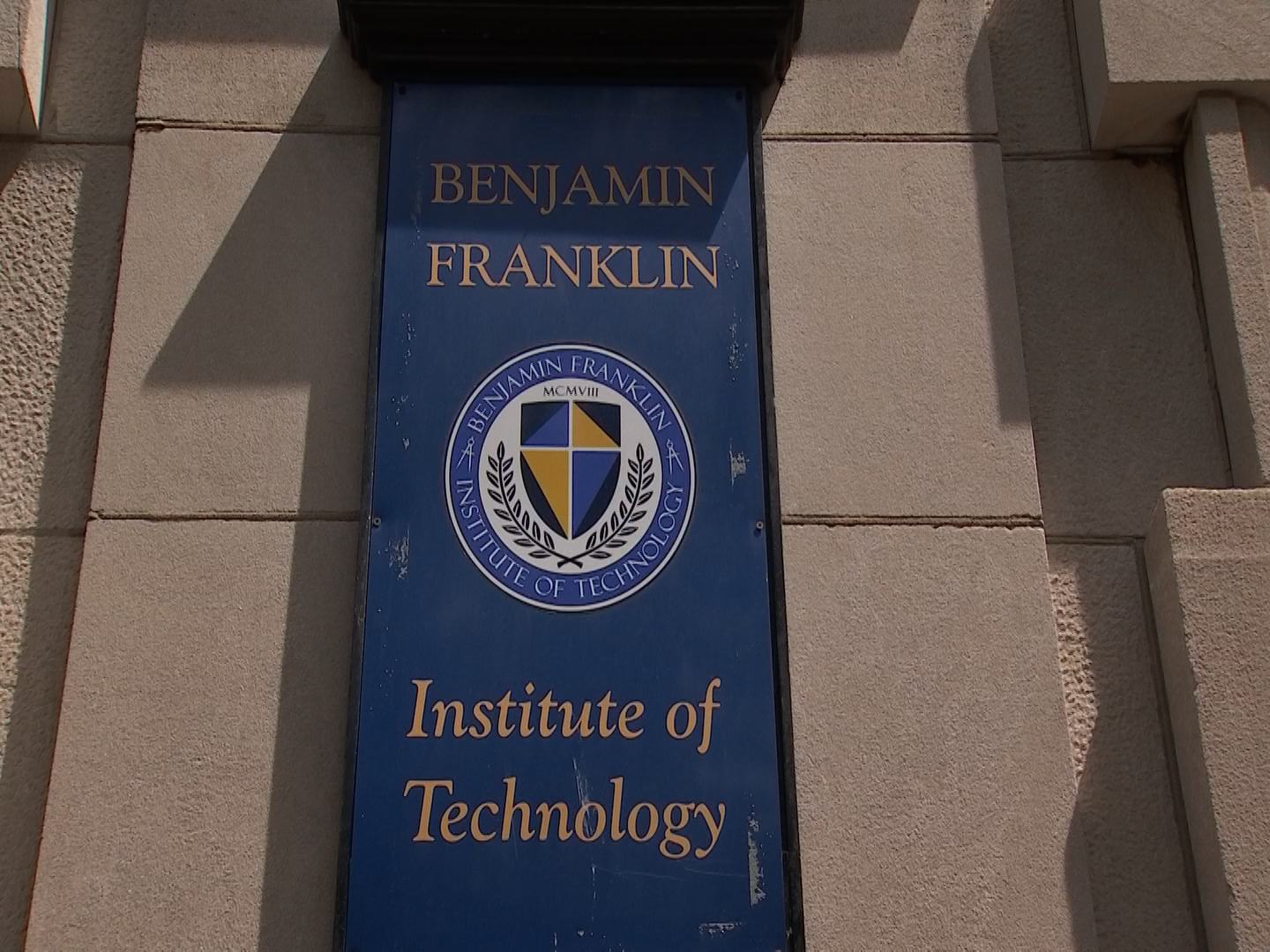Gov. Charlie Baker is expected to reveal Tuesday what Massachusetts cities and towns will be facing enhanced efforts to prevent the spread of the new coronavirus from his new COVID Enforcement and Intervention Team.
The team, which will work both to enforce coronavirus rules and coordinate with local officials on a more effective response, was created as Massachusetts aims to stop the recent rise of some of its COVID-19 metrics. But it's not yet clear where in Massachusetts the team will begin operating.
Baker said at his announcement Friday that "we'll have a lot more to say about all of this ... on Tuesday, once we have a chance to connect with and talk to many of our colleagues in local government."
But publicly available data, as well as Baker's comments at his news conference announcing the enforcement team on Friday, may help give an idea of what communities could be in the governor's upcoming announcement.
Baker said that "communities will be designated" for the enforcement task force "based on public health data [including] new positive cases and percentage of positive covid tests," Baker said.
Community-level data is released by the Massachusetts Department of Public Health on Wednesdays, and last week's batch offers a look at both of those metrics. (Baker said Friday that the next batch of data was being revamped with new data "that shows the spread of COVID-19 on a community level.")
Last week's data gave these 25 communities as those with the highest percentages of positive cases in the prior two weeks, among cities and towns with at least 15 new cases:
| Community | Number of cases | Cases in the last 14 days | Total tests in the last 14 days | Positive tests in the last 14 days | Percent of positive tests in the last 14 days |
| Lynn | 4,020 | 223 | 4,543 | 278 | 6.12% |
| Revere | 2,021 | 126 | 2,562 | 155 | 6.05% |
| Brockton | 4,426 | 79 | 2,540 | 130 | 5.12% |
| Chelsea | 3,106 | 93 | 2,274 | 112 | 4.93% |
| Everett | 1,894 | 68 | 1,701 | 82 | 4.82% |
| Saugus | 603 | 33 | 983 | 43 | 4.37% |
| Wrentham | 220 | 15 | 383 | 16 | 4.18% |
| Chicopee | 541 | 43 | 1,519 | 58 | 3.82% |
| Fall River | 1,818 | 84 | 3,157 | 112 | 3.55% |
| Lawrence | 3,824 | 98 | 3,414 | 119 | 3.49% |
| Malden | 1,331 | 45 | 1,834 | 60 | 3.27% |
| Quincy | 1,289 | 75 | 2,617 | 85 | 3.25% |
| Randolph | 998 | 25 | 1,015 | 33 | 3.25% |
| Attleboro | 700 | 18 | 713 | 21 | 2.95% |
| Taunton | 1,051 | 49 | 1,964 | 55 | 2.8% |
| Framingham | 1,827 | 42 | 2,012 | 56 | 2.78% |
| Springfield | 3,076 | 92 | 4,304 | 118 | 2.74% |
| Peabody | 1,070 | 39 | 2,060 | 51 | 2.48% |
| Worcester | 5,579 | 151 | 7,585 | 186 | 2.45% |
| Agawam | 506 | 19 | 1,034 | 25 | 2.42% |
| Salem | 685 | 35 | 1,573 | 38 | 2.42% |
| West Springfield | 411 | 15 | 688 | 16 | 2.33% |
| Holyoke | 1,007 | 40 | 2,299 | 53 | 2.31% |
| Westfield | 493 | 20 | 985 | 22 | 2.23% |
| New Bedford | 2,258 | 46 | 2,722 | 60 | 2.2% |
The highest number of total cases detected in the prior two weeks includes some of the same places:
| City/Town | Number of cases | Cases in the last 14 days |
| Boston | 15,001 | 440 |
| Lynn | 4,020 | 223 |
| Worcester | 5,579 | 151 |
| Revere | 2,021 | 126 |
| Lawrence | 3,824 | 98 |
| Chelsea | 3,106 | 93 |
| Springfield | 3,076 | 92 |
| Fall River | 1,818 | 84 |
| Brockton | 4,426 | 79 |
| Quincy | 1,289 | 75 |
| Everett | 1,894 | 68 |
| Taunton | 1,051 | 49 |
| New Bedford | 2,258 | 46 |
| Malden | 1,331 | 45 |
| Chicopee | 541 | 43 |
| Framingham | 1,827 | 42 |
| Holyoke | 1,007 | 40 |
| Peabody | 1,070 | 39 |
| Somerville | 1,037 | 37 |
| Salem | 685 | 35 |
| Lowell | 3,040 | 34 |
| Saugus | 603 | 33 |
| Cambridge | 1,034 | 33 |
| Marlborough | 1,045 | 26 |
| Randolph | 998 | 25 |
Lynn, Revere, Chelsea and Brockton both appear toward the top of each list. But Boston, which has the most cases as well as the largest population in Massachusetts, has been doing fairly well, Baker said Friday, noting that he was more concerned about communities around Boston.
A better indication of which communities are currently in need of special attention from the state government may be how much recent cases make up the location's total number of cases.
| City/Town | Number of cases | Cases in the last 14 days | Recent case count as percent of total |
| Chicopee | 541 | 43 | 7.95% |
| Northampton | 304 | 20 | 6.58% |
| Revere | 2021 | 126 | 6.23% |
| Quincy | 1289 | 75 | 5.82% |
| Lynn | 4020 | 223 | 5.55% |
| Saugus | 603 | 33 | 5.47% |
| Salem | 685 | 35 | 5.11% |
| Taunton | 1051 | 49 | 4.66% |
| Fall River | 1818 | 84 | 4.62% |
| Westfield | 493 | 20 | 4.06% |
| Holyoke | 1007 | 40 | 3.97% |
| Agawam | 506 | 19 | 3.75% |
| Peabody | 1070 | 39 | 3.64% |
| Everett | 1894 | 68 | 3.59% |
| Somerville | 1037 | 37 | 3.57% |
| Malden | 1331 | 45 | 3.38% |
| Cambridge | 1034 | 33 | 3.19% |
| Chelsea | 3106 | 93 | 2.99% |
| Springfield | 3076 | 92 | 2.99% |
| Boston | 15001 | 440 | 2.93% |
| Weymouth | 768 | 22 | 2.86% |
| Newton | 816 | 23 | 2.82% |
| Worcester | 5579 | 151 | 2.71% |
| Attleboro | 700 | 18 | 2.57% |
| Lawrence | 3824 | 98 | 2.56% |
Baker hasn't said how many cities and towns will be on the list, but it's also not necessarily a bad thing to be on the list at all. While it can come with more coronavirus-related shutdowns as well as increased scrutiny from law enforcement, which can issue fines to violators, it may also mean more federal coronavirus relief funding will be spent in the area.
"Our goal is to identify those communities through public health data, increased enforcement and to help amplify awareness in those communities so that the residents and businesses in those communities can practice the vigilance that's required to help them deal with their outbreaks," Baker said.



